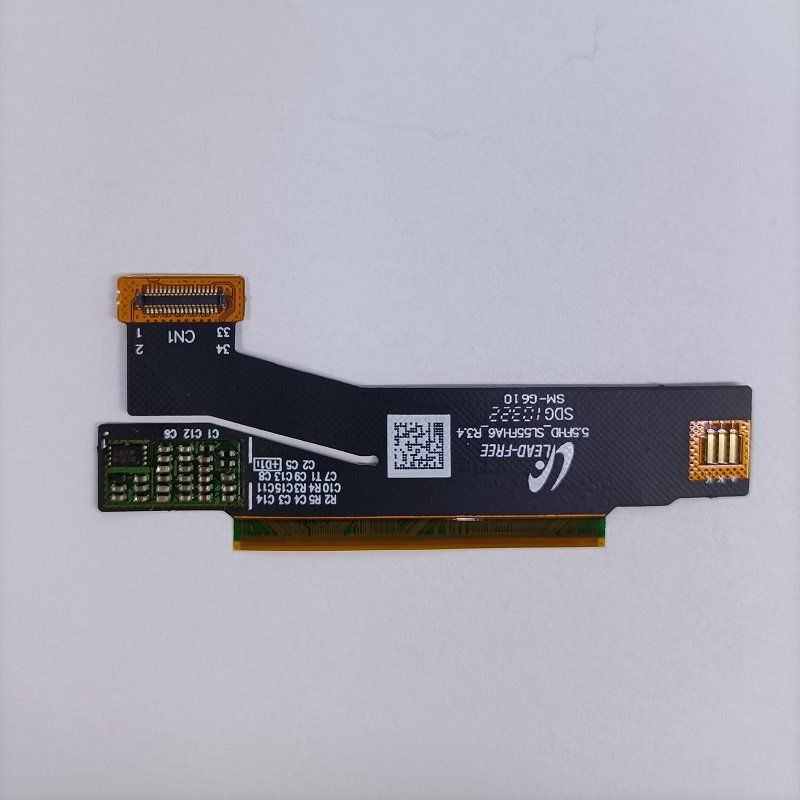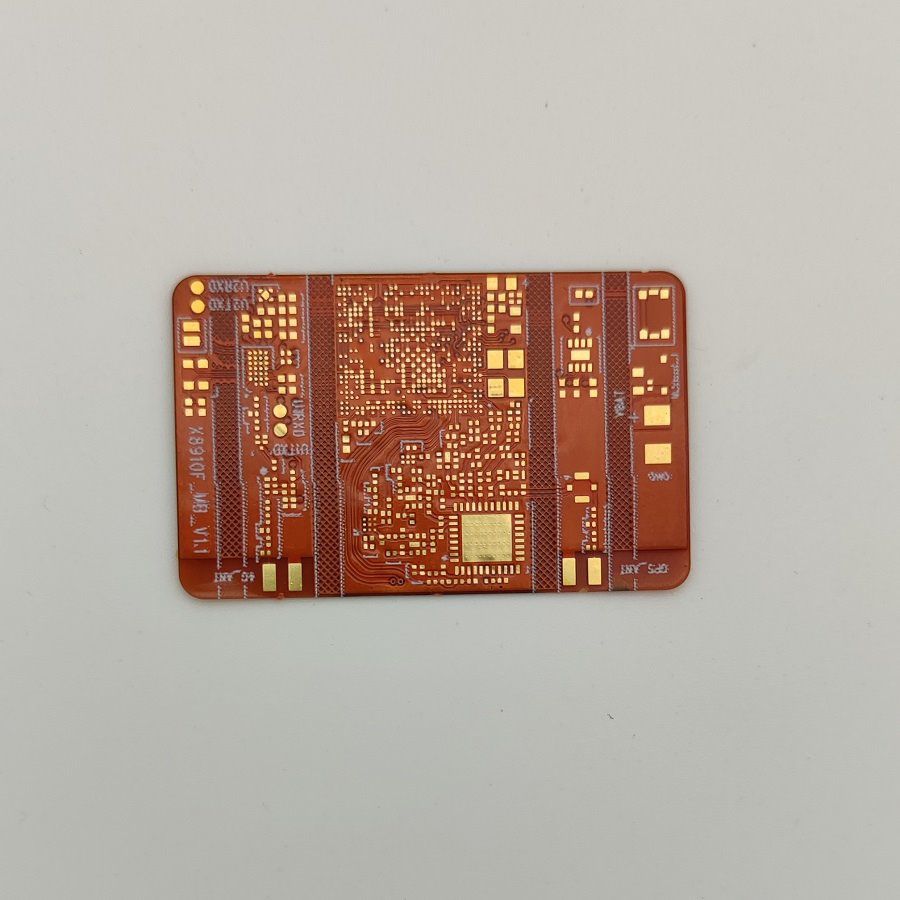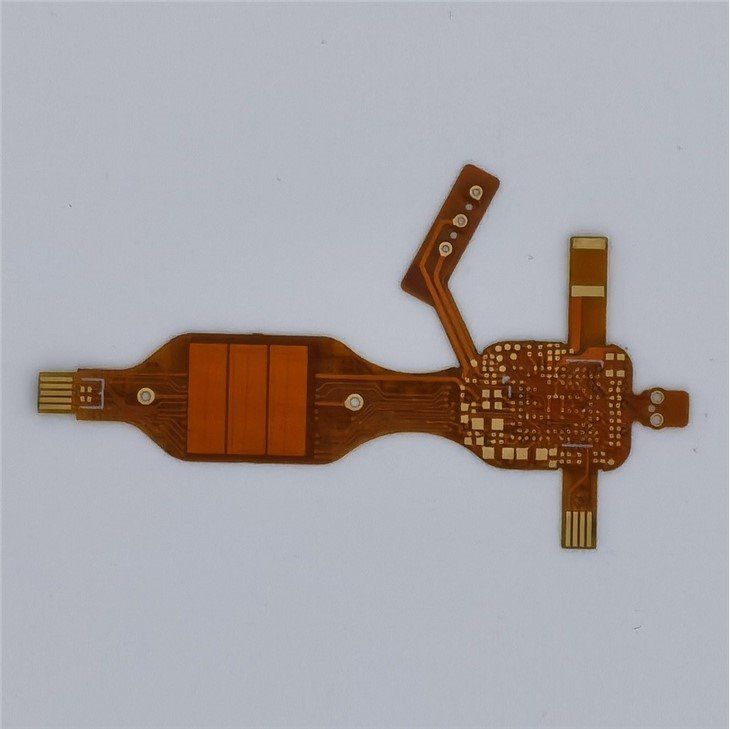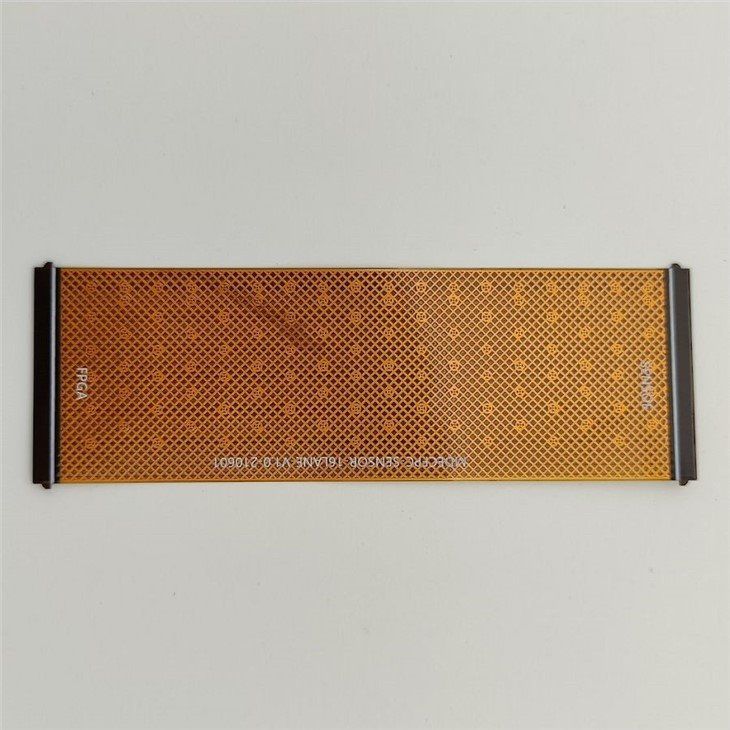Fault characteristics and maintenance of damaged capacitors in industrial circuit boards
Malfunctions caused by capacitor damage are the most common in electronic devices, especially in electrolytic capacitors.
The damage to capacitors manifests as: 1. Capacity decrease; 2. Complete loss of ability; 3. Leakage; 4. Short circuit.
Capacitors play different roles in circuits and cause different faults. In industrial circuit boards, digital circuits make up the vast majority, with capacitors used for power filtering and capacitors used for signal coupling and oscillation circuits. If the electrolytic capacitor used in the switching power supply is damaged, the switching power supply may not vibrate and there may be no voltage output; Or if the output voltage filtering is not good, the circuit may have unstable voltage and logical disorder, resulting in poor performance or inability to turn on the machine during operation. If the capacitor is connected to the positive and negative poles of the digital circuit power supply, the fault symptoms are the same as above.
This is particularly evident on computer motherboards. Many computers that have been used for several years sometimes cannot be turned on, and sometimes can be turned on. When the chassis is opened, the phenomenon of electrolytic capacitor bulging can often be seen. If the capacitor is removed to measure the capacity, the actual value will be much lower.
The lifespan of capacitors is directly related to the ambient temperature. The higher the ambient temperature, the shorter the lifespan of the capacitor. This law applies not only to electrolytic capacitors, but also to other capacitors. Therefore, when searching for faulty capacitors, special attention should be paid to checking capacitors near heat sources, such as capacitors near heat sinks and high-power components. The closer we are to them, the greater the likelihood of being harmed.
I once took the power supply of an X-ray flaw detector, and the user reported that the power supply was smoking. After receiving it, I opened the chassis and found that there was oil inside a 1000uF/350V large capacitor. When I opened it, the capacity was only a few tens of uF, and I also found that only the capacitors of the nearest rectifier bridge and heat sink were intact, with normal capacity. In addition, there was a ceramic capacitor short circuit, and it was also found that the capacitor was close to the heating element. So we should focus on maintenance and search.
Some capacitors have serious leakage and can be very hot to touch with your fingers, so this capacitor needs to be replaced.
In the case of troubleshooting, excluding the possibility of poor contact, most faults are generally caused by capacitor damage. So when encountering such a fault, it is important to focus on checking the capacitor, as replacing the capacitor is often unexpected



















